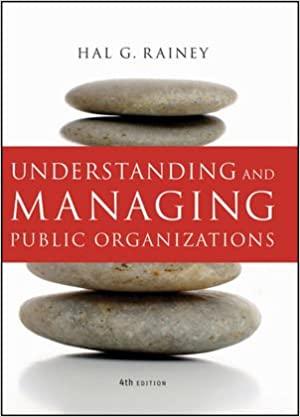Question
Please draw the chart for the below ER diagram like the below attached picture: Recognizing the need for museums to be flexible and adjust based
Please draw the chart for the below ER diagram like the below attached picture:
Recognizing the need for museums to be flexible and adjust based on feedback and suggestions, visitor encounters and interactions will likewise be tracked in a variety of ways. Additionally, this system will allow for the planning of larger-scale virtual exhibitions and events to best accommodate the effective planning of artifact availability to facilitate school or community engagements. Finally, this system will be able to track and record both current and historical information about museum staff.
Scope:
The proposed system will utilize a relational database to store and manage:
- Artifacts Metadata: Information such as the artifact's name, origin, age, historical significance, and high-resolution images.
- Artifacts Detailed Data: Specific details like condition, dimensions, preservation methods used, cleaning/care schedules, and other digital components.
- Visitor Data: Visitor/User profiles including name, age, marketing preferences, history of visited collections, and feedback or comments.
- Visitor Interactions: Details such as duration spent on each artifact, artifacts bookmarked or liked, requests for more detailed information or added research.
- Exhibitions and Events: Details about ongoing and upcoming digital exhibitions, webinars, or interactive sessions.
- Curator and Museum Staff Profiles: Museum staff names, roles, responsibilities, contributions, tenure, and background.
The user interface will be web-based, offering an interactive experience to facilitate both insights into the data stores as well as data modifications and including artifact viewing. The UI will allow for user details, interactions, and behavior to be updated, helping to facilitate the sort of personalized experience sought after by museum patrons on subsequent visits.
Entities and Attributes:
Artifact:
ArtifactID (Primary Key)
Name
Origin
Age
Historical Significance
Image
Artifact Details:
DetailID (Primary Key)
ArtifactID (Foreign Key)
Condition
Dimensions
Preservation Methods
Other Digital Components
CleaningScheduleDetails:
ScheduleID (Primary Key)
ArtifactID (Foreign Key)
ScheduleDay
ScheduleTime
StaffCleaner (Foreign Key)
Visitor:
VisitorID (Primary Key)
Name
Age
Marketing Preferences
VisitorInteractions:
InteractionID (Primary Key)
VisitorID (Foreign Key)
ArtifactID (Foreign Key)
Duration
Bookmarked
Liked
Request for More Info
Visited History:
HistoryID (Primary Key)
VisitorID (Foreign Key)
ExhibitionID (Foreign Key)
Feedback:
FeedbackID (Primary Key)
VisitorID (Foreign Key)
Comment
Date
Exhibition:
ExhibitionID (Primary Key)
Title
Description
Date
Interactive Sessions Details
MuseumStaff:
StaffID (Primary Key)
Name
Role
Responsibilities
Contributions
Tenure
Background
Relationships:
Artifact "Has_Details_Of" ArtifactDetails:
One-to-One
Artifact "Is_Cleaned" CleaningScheduleDetails:
One-to-Many
MuseumStaff "Cleans_On" CleaningScheduleDetails:
One-to-Many
Visitor "Interacts_With" Artifact via VisitorInteractions:
Many-to-Many
Visitor "Has_Visited" Exhibition via VisitedHistory:
Many-to-Many
Visitor "Provides" Feedback:
One-to-Many
MuseumStaff "Curates" Artifact:
One-to-Many (assuming a staff member might be responsible for many artifacts, but each artifact has only one curator or responsible staff member)

Step by Step Solution
There are 3 Steps involved in it
Step: 1

Get Instant Access to Expert-Tailored Solutions
See step-by-step solutions with expert insights and AI powered tools for academic success
Step: 2

Step: 3

Ace Your Homework with AI
Get the answers you need in no time with our AI-driven, step-by-step assistance
Get Started


